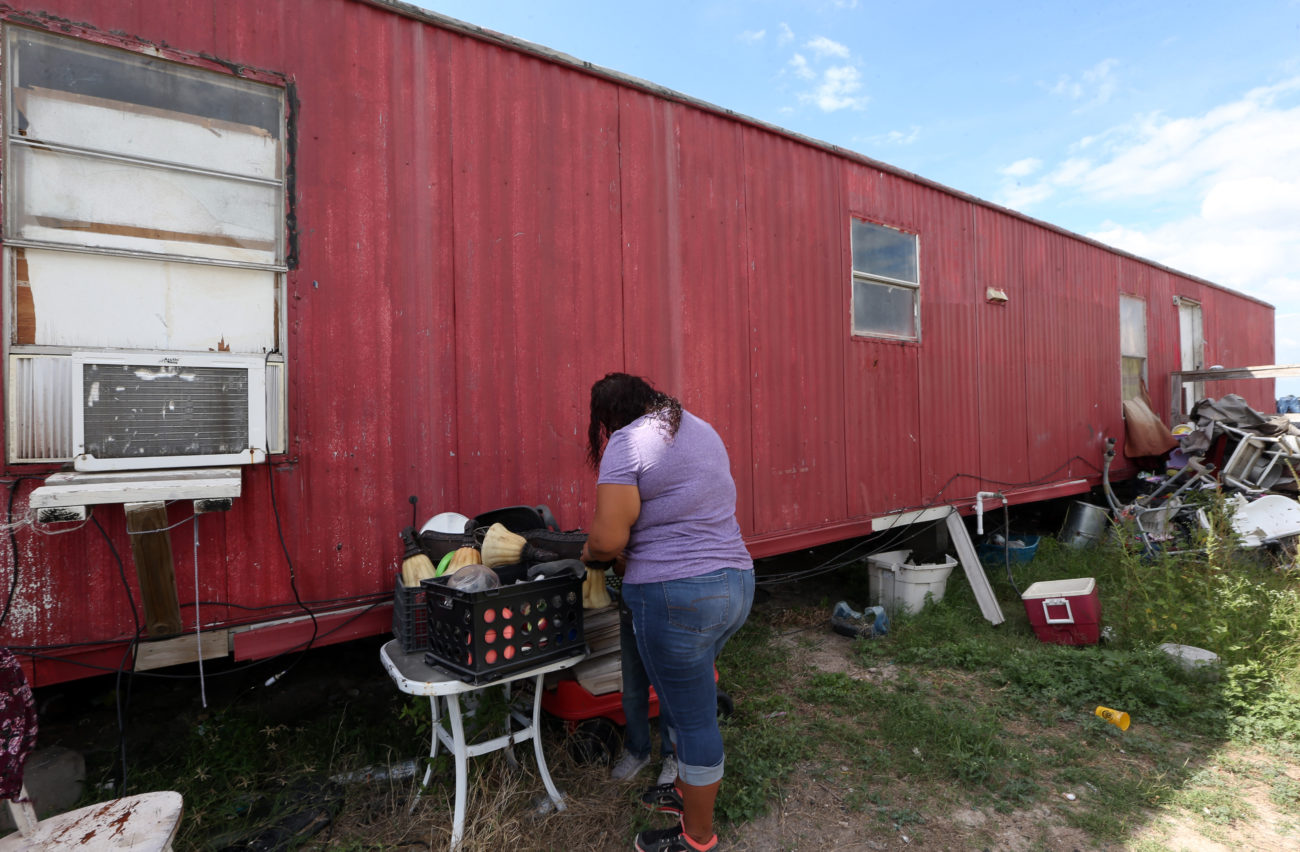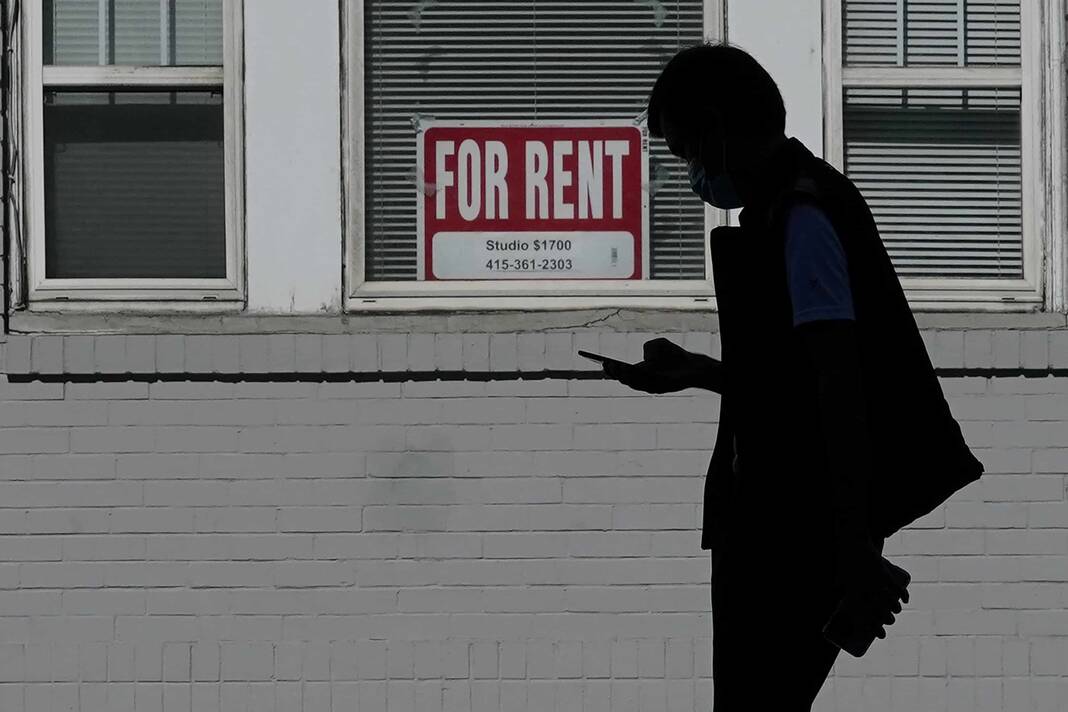Too little, too late. Just as the number of applications for rental assistance reached a fever pitch this summer, Hidalgo County was forced to turn over nearly $1 million that went unused by the federal government’s deadline.
“We returned some significant money back to the Treasury,” Hidalgo County Community Service Agency (HCCSA) Director Jaime Longoria said Thursday before an advisory board meeting, in which the returned funds were discussed at length. “This particular installment is a little bit short of a million dollars.”
In January of last year, the county received $26 million from the U.S. Department of the Treasury as part of its $25 billion Emergency Rental Assistance Program, or ERAP, that was launched on Jan. 5, 2021. ERAP was established by the Consolidated Appropriations Act of 2021 to provide assistance to households struggling to pay rent and utilities as a result of the COVID-19 pandemic.
The program provides up to 15 months of past and, or future rent costs for apartments, condominiums, houses and lots; as well as assisting with utilities such as water, electricity, gas, trash, sewage and internet service.
In order to qualify for the program, applicants must be current residents of Hidalgo County, be part of the 80% Area Median Income, and have been economically impacted by the COVID-19 pandemic.
Applications trickled at first.
When the program went into effect in April 2021, the county saw only one application for the entire month.
That number rose to 103 in May, 214 in June, and 227 in July. By January of this year, the number had peaked at 708 applications, and has steadily increased over the following months.
As of July 17, the county had 946 applications and anticipated surpassing the previous month’s number of 1,030. Longoria estimated that 60% of the applications were approved for the program.
“Our program is peaking right now,” Longoria said.
Longoria began sounding the alarm last December, warning of the Treasury’s imminent clawback of funds if entities did not meet certain deadlines.
“During that process, the Treasury set out some guidelines, some benchmarks for expenditures,” Longoria said. “However, the benchmarks that the Treasury looked at were expenditures all the way through — really through March of this past year. The Treasury looks at obligations. They don’t look at applications. They want to know how much money have you obligated — have you tied up? So what they did is they went in and they clawed back money. This is the third installment.”
The rental assistance program wasn’t the only program that failed to give out their allotted funds. The county had other unobligated monies that had to be returned.
On Jan. 31, the U.S. Department of the Treasury took back $9,055,067.48 from the county. On March 9, they took back $1,889,433.19. The most recent installment, on Friday, was $962,220.85, from ERAP, for a total of $11,906,721.52.
“There was significant money that went back,” Longoria said. “We managed to move about $15 million of that. Prior to this, there had been money sent back by the county. We were still taking applications and doing everything we could to assist families, but there was significant money that went back.”

If a portion of their funds went unused, it wasn’t for lack of effort, the county contends.
Over the course of the term given to spend the money, they held 28 pop-up events in school districts, a spanish-speaking TV station, outside apartments, and even churches.
Overall, they were successful in giving out roughly $14 million to families in need. Ten percent was used for administrative purposes.
Longoria’s department not only collaborated with local entities to host outreach events throughout the county promoting the rental assistance and offering in-person assistance with the application process, they even engaged justices of the peace, legal aid and others to prevent eviction.
Despite their best efforts, the program was faced with many obstacles that proved difficult to overcome.
Those obstacles include socioeconomic factors in low-income areas, particularly residents who may have qualified for the program but lacked access to internet service to complete the application. Other factors included lack of transportation to apply in-person, as well as computer illiteracy.
To overcome that challenge, the county employed an online platform, Yardi, that offered services in English and Spanish and handled much of the casework involved with the program.
“We wanted people to feel comfortable going online,” Longoria said.
They also trained community based organizations to provide assistance in filling out applications for the program.
Yet, a significant obstacle was reluctance from people who may have qualified for the program but didn’t step forward due to their immigration status.
“There’s a real lack of trust,” Longoria said. “There’s this whole idea of, ‘If we apply for services, it’s going to affect us somehow.’ ‘They’re going to reduce my social security check.’ ‘They’re going to come after me with regards to immigration.’ There are a lot of questions about immigration status on those applications.”
He said that his department used “every flexibility the Treasury offered” to make the program easy for those who qualify.
“We were as flexible as we could be,” Longoria said. “I don’t doubt — I don’t have any doubt in my mind that we did what we could.”
The county made last-ditch efforts to keep the funds.
The Treasury sent the county a letter on June 10 indicating that there was an excess of funds in the amount of $1,218,640.83 that would need to be returned. However, the county was able to lower that amount by $256,419.98, but by Friday the county returned the “unobligated funds” in the amount of $962,220.85.
While some may interpret the use of almost 95% of the allocated funds as a success, Longoria focuses on the incoming applications and the unused million.
Longoria said that his department is actively looking for additional means to provide assistance to county residents.
“The one thing that I will assure the community is that we’re taking care of people who are being displaced, people that are being evicted,” Longoria said. “We do have some other funds that we can throw into the mix to pick up some of that slack and continue to assist the community. We’re looking for other grants. We’re looking for other funds to be able to kind of fill those gaps.”




